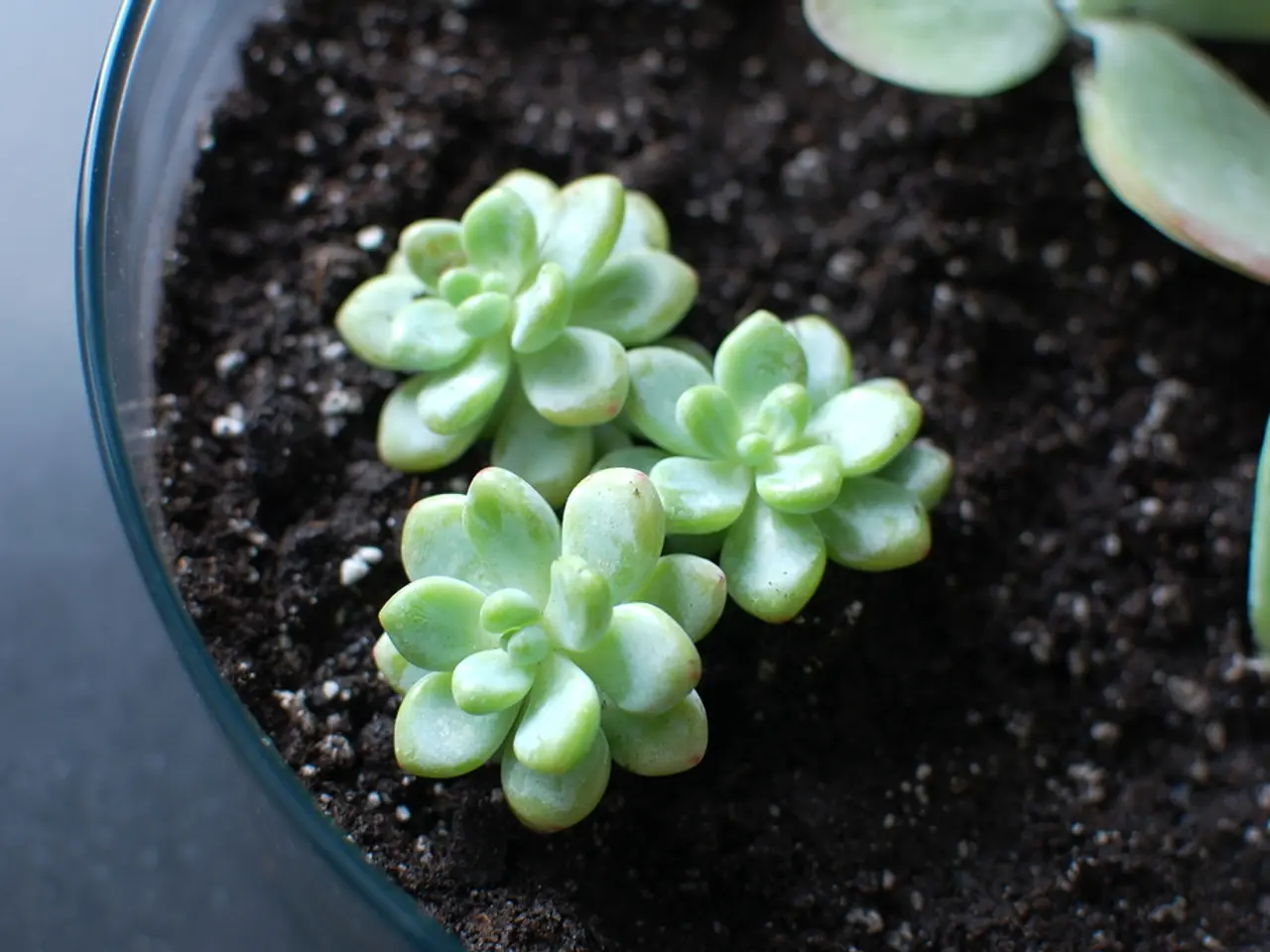Factors to Consider When Determining a Suitable Location for Planting
Choosing the Perfect Planting Site: A Comprehensive Guide
A successful garden starts with selecting the right planting site. Here's a systematic approach to help you choose an optimal location for your garden.
Identify Your USDA Hardiness Zone
The first step is to determine your USDA hardiness zone. This geographic area is defined by climatic conditions relevant to plant growth and survival. The USDA Plant Hardiness Zone Map is the standard for determining which plants are most likely to thrive at a location, based on the average annual minimum winter temperature [1].
Soil Content, Depth, and pH
Choose a location with well-drained, fertile soil deep enough for root development, generally at least 12 inches deep for most vegetables. Test soil pH and select plants compatible with its range (common garden pH is between 5 and 8). Amend soil as needed since pH affects nutrient availability [2].
Light Exposure
Assess sunlight throughout the day. Most vegetables and perennials need full sun (6-8 hours), while some herbs and leafy greens tolerate shade. Plant shade-tolerant crops in less sunny spots [3].
Microclimate
Consider localized conditions such as wind patterns, frost pockets, and proximity to buildings or trees. These impact temperature and moisture levels, influencing plant health [4].
Water Source and Drainage
Select a site near a reliable water source. Good drainage is critical; avoid areas where water pools. Incorporate irrigation suited to garden size and soil water needs [5].
Garden Layout and Planting Arrangement
Plan plant positions considering heights (tall plants to the back), spacing (at least 12 inches apart for many crops), and grouping plants by water and light needs. Mixing plants can reduce pests and optimize space [3][5].
Additional Factors
- Convenient access to water is an important factor to consider when deciding where to plant.
- Part Shade requires 6 to 4 hours of direct sunlight when the sun is hottest (midday to afternoon). The optimal sunlight exposure for a planting area can vary, with three hours of sunlight in the hottest part of the day potentially being better than four hours in the cooler part of the morning.
- Microclimates in a planting area can affect a plant's ability to survive, with urban areas having hotter planting environments due to hard surfaces like asphalt and concrete.
- In the first year, a tree or bush planted will generally need 1 inch (2.5 cm) of water a week to stay healthy. South-facing areas are exposed to more direct sunlight and can be warmer for longer periods of time.
- Plants are rated by their hardiness factor, which measures their ability to survive cold, heat, drought, flooding, and wind. Different times of the year can change the intensity and amount of light exposure.
By considering these factors systematically, you can select an optimal planting site ensuring robust growth, tailored to plant requirements and local environmental factors. Happy gardening!
[1] USDA Plant Hardiness Zone Map [2] Soil Testing [3] Garden Planning [4] Irrigation for Your Garden [5] Garden Layout and Planting Arrangement
- To have a thriving garden, ensure you choose a location near a reliable water source, since easy access is an important factor in deciding where to plant.
- Part shade, defined as requiring 6 to 4 hours of direct sunlight during the hottest part of the day, is an acceptable microclimate for many plants, though optimal sunlight exposure can vary.
- Understanding microclimates is essential in homesteading and gardening, as urban areas with hard surfaces like asphalt and concrete can create hotter planting environments compared to more natural settings.




